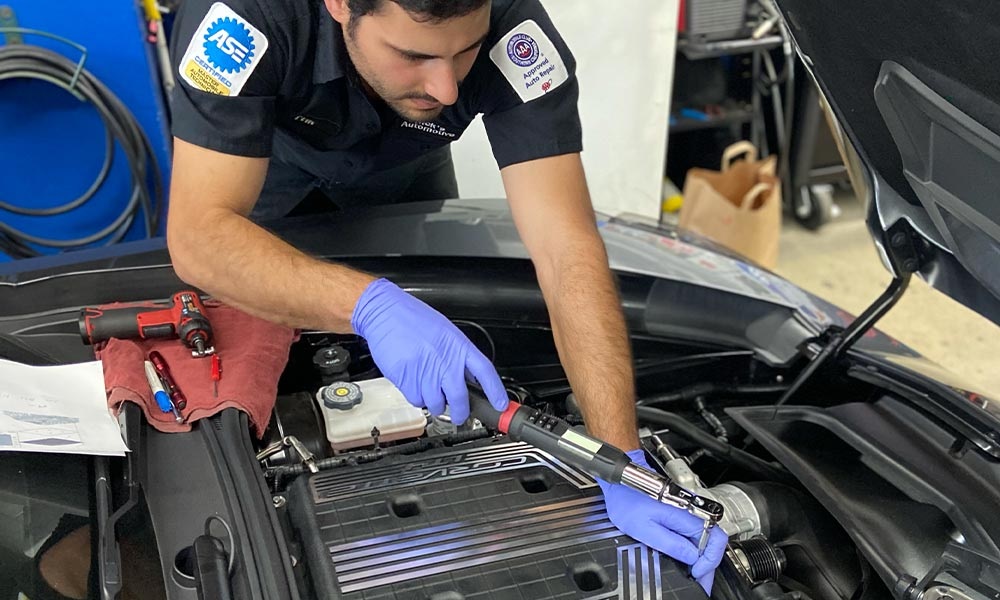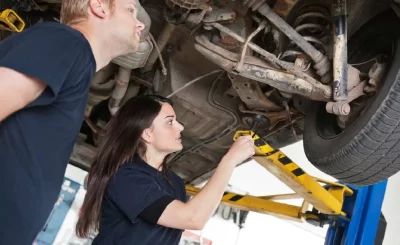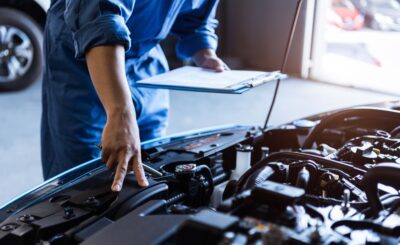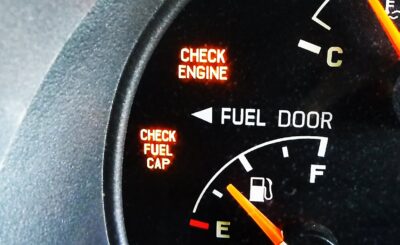Dents in a vehicle’s body panels are one of the most common cosmetic issues drivers face. Whether it’s a small door ding or a noticeable crease in a fender, these imperfections can affect your car’s appearance, value, and even its structural integrity over time. Understanding the typical causes of dents can help you prevent them and know when to seek repairs. Here’s a breakdown of how everyday driving conditions and environments can lead to damage.
Parking Lot Incidents
One of the most frequent causes of dents is parking lot damage. Tight spaces, careless neighboring drivers, and runaway shopping carts all pose a risk. A slight bump from a door or a rolling cart can easily leave a noticeable dent in your car’s door or quarter panel. These types of dents are often shallow but can be frustrating because they occur even when your car is parked. To reduce your risk, try to park away from high-traffic areas, near cart returns, or next to smaller vehicles that are less likely to cause wide door swings. Choosing the Auto Repair in Omaha, NE based service is essential here.
Road Debris and Weather Hazards
Driving on roads littered with debris like gravel, loose asphalt, or fallen branches can wreak havoc on your vehicle’s exterior. These hazards frequently cause unsightly dents and dings, particularly on the lower body panels, wheel wells, and hood, which are more susceptible to impact. Rocks propelled at high velocity by other vehicles’ tires are a notorious culprit, leading to paint chipping and small dents, especially when traveling at highway speeds. This phenomenon, known as road rash, can slowly degrade your car’s finish over time, diminishing its aesthetic appeal and potentially exposing the underlying metal to rust and corrosion.
Additionally, hailstorms are notorious for leaving widespread dent damage on roofs, hoods, and trunks. Even small hailstones can cause dozens of minor dents that may be difficult to repair without professional tools.
Minor Collisions and Bumper Taps
Low-speed impacts—like backing into a post, bumping another car in traffic, or misjudging a tight space—often result in dents. While modern bumpers are designed to absorb some impact, panels like fenders and doors are more prone to visible damage.
These minor accidents may not always affect drivability but can lead to long-term issues like paint cracking, corrosion, or weakening of panel integrity if left unrepaired.
Improper Loading and Vehicle Use
Sometimes dents are caused by the vehicle owner during everyday use. Loading bikes, tools, or equipment into the trunk or back seat without care can lead to impacts from the inside. Roof racks, ladder mounts, or improperly secured cargo can also fall or shift, denting the bodywork.
Taking a little extra care when handling gear or equipment around your vehicle can prevent these avoidable dents.
Conclusion
While not all dents can be avoided, knowing the common sources helps drivers stay vigilant. Parking choices, safe driving habits, and awareness of weather or road conditions all play a role in protecting your vehicle’s body panels. If a dent does occur, addressing it quickly can preserve your car’s value and keep it looking its best.








